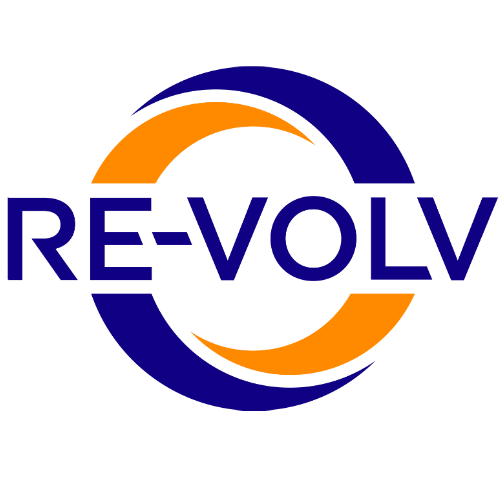Growing up in Nigeria has given me a peek view of the impact lack of sustainable energy can have on a developing country. With Intermittent power outages, there is no doubt that the operations of homes, industries, etc would be affected by it. This has been one of the driving forces for my interest in renewable energy adoption. It wasn’t until the Winter 2023’s Quarter when I took a Fundamentals of Energy Processes class, I was able to really see at a high-level how huge projects like the Concentrated Solar Plant at Ivanpah were engineered, delivering Huge Megawatts of power. This idea that these different renewable energy sources can be deployed at a large scale brings the question of how we can properly integrate them into our existing grid. This is something our Solar Ambassador team asks ourselves and research, as is an elemental part of how we communicate with Non-Profits on going solar.
As we evolve into an age of mass adoption of renewable energy with a central focus on achieving net-zero emissions, it is important to understand how this plays a role in our existing electric grid. Our Electric Grid can simply be defined as all the necessary interconnected lines that allow us to be able to transmit power from producer to supplier.
Solar Energy, without a doubt, is the most efficient energy source in nature as compared to other energy sources and ultimately plays a huge role in how we define our electricity ecosystem. You might have heard of the term “Smart-Grid”, which is an Advanced form of our current grid, where we are able to digitize the process of monitoring, controlling, and the analysis of the grid through a common server. This is necessary, especially with adopting more renewable energy sources like solar. As these sources might not fully be able to generate a constant base load due to supply fluctuation with environmental conditions especially as electricity demand rises, this implies the need for a central system where load and supply can be easily monitored and tracked. This will allow energy producers to be able to predict power consumption as well as maintain a supply that would ensure efficient power distribution.
Further, in relation to Solar Energy and how this tracking system is incorporated. It is well known that the fluctuations of the energy we are able to harness from the sun is dependent on the time and weather conditions. One principle RE-volv works with is the Net-Metering system. In this system, there is a bi-directional meter where power can be moved in both directions. Excess power from the grid can be transmitted back to the supply and a short supply of solar energy would increase the power the utility company sends to the consumer. The energy bill is thus a difference between what was supplied by the Utility and what was sent back.
Within the intricacies of the system, the meter stores the data of the power that is being delivered from the Solar PV cell. A Bus-bar system is also used to connect back to our loads or to the supplier, as this type of system allows for ease of power distribution, and reduction in wiring errors. The Direct Current (DC) power generated from the PV cells passes through a DC box, which has the necessary protective devices. An inverter – is a device that converts DC power into AC power. The energy that we generate from the PV cells comes in the form of a DC Current, and the Grid transmits the power in the form of an Alternating Current. The AC power flows through an AC box where different protections are included and the final AC power can be used to supply equipment in the consumer’s load that requires AC power, as well as further dispatch to the grid.
The communication between the different equipment is connected using a common network and using IoT, all systems can be accurately controlled.
In summary, with the introduction of renewable energy sources like solar to our energy ecosystem, there is a need to be able to properly harness, distribute and resend back to the grid when needed. Smart Grids allow us to be able to properly monitor and track energy usage and supply and allow us to be able to ultimately efficiently manage our power utilization. With Emerging technologies and breakthroughs in this area, perhaps we will be able to one-day fully be able to more effectively harness the power from renewable sources and fully integrate them into our homes and grids.
About the Author
Habeeb Ayantayo is a first-year Masters Student at Stanford University studying Electrical Engineering. He co-leads Stanford’s team of RE-volv Solar Ambassadors. Outside school work, Habeeb enjoys Hiking and engaging with the Muslim Students on Campus.

